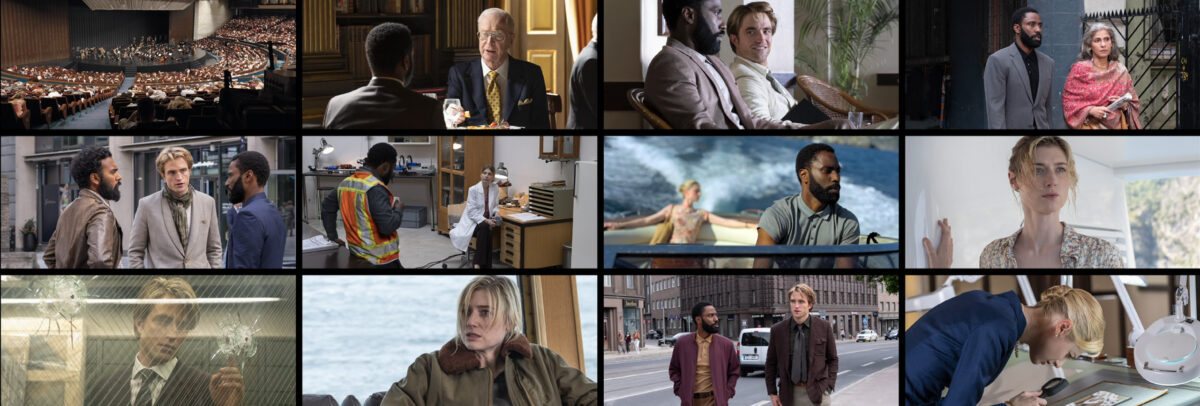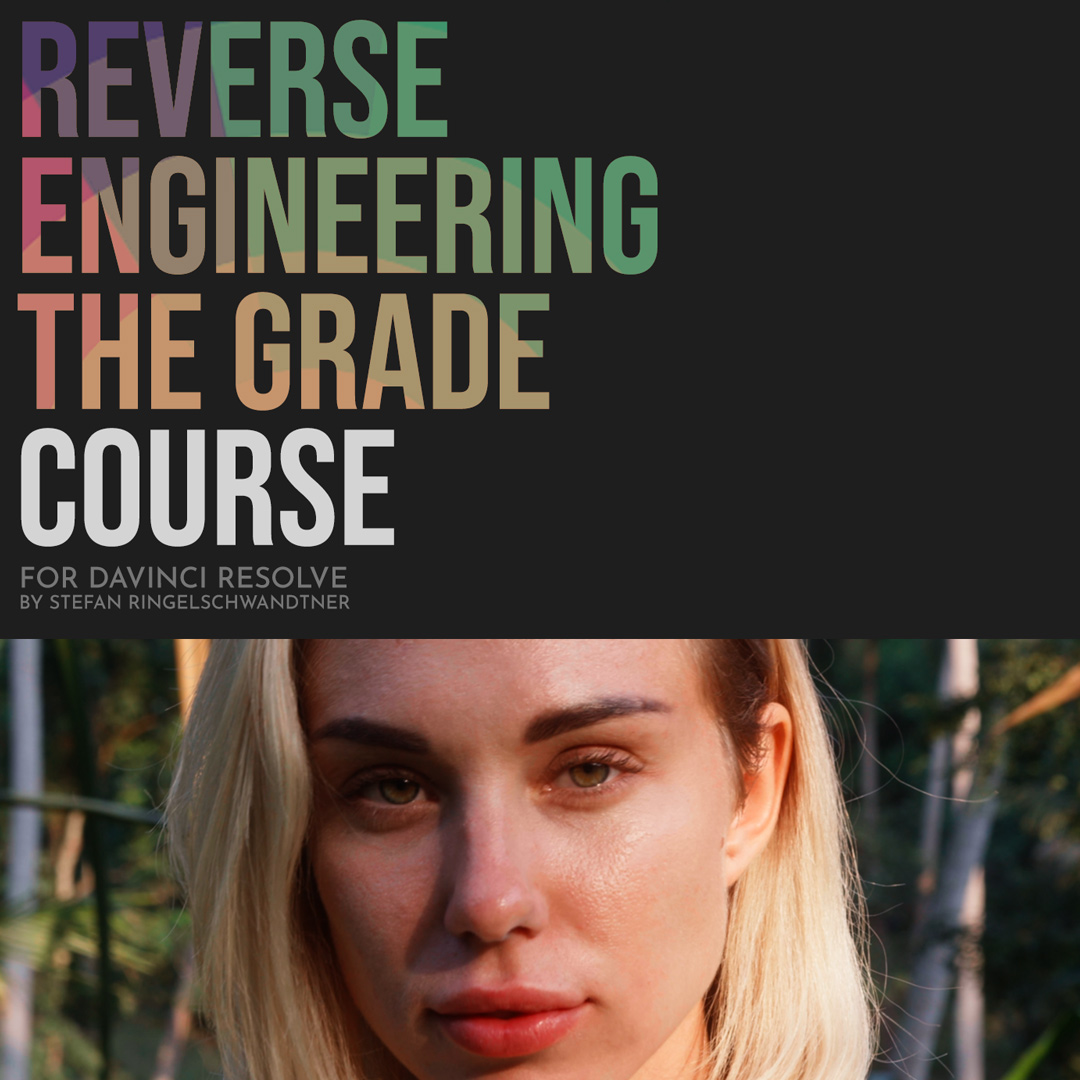THE IDEA BEHIND MONONODES
ABOUT ME
Hello, my name is Stefan Ringelschwandtner. I am a colorist / software developer / cinematographer based in Berlin.
I studied at the Offenbach Academy of Art and Design where I graduated in Film and Video in 2009.
THE IDEA BEHIND
REVERSE ENGINEERING THE GRADE
I remembered a blog post by Juan Melara from 2015. During a discussion on the topic of “movie look recreations” in the “Lift Gamma Gain” thread, colorist and cinematographer Juan Melara jumped in and recreated the look of “Midnight in Paris” using DaVinci Resolve.
The result is still one of the best look recreations available online. From that point on, I became profoundly interested in the method of reverse engineering the grade. I started experimenting with it myself, which led me to create this website on the topic, incorporating some additional points of view.
THE CHALLENGE
Juan Melara found similar images on Flickr that matched the location, angle, and lighting conditions. He converted these sRGB images to LOG and then graded them. During this process, he researched the original print stock (Kodak 2383) and applied a similar LUT in DaVinci Resolve for the final grading.
Most of a film’s look is achieved “in camera” on set through production design, art direction, costume design, and set decoration. This made me think: Why not use actual behind-the-scenes footage instead?
Behind-the-scenes footage is often captured with video cameras, DSLRs, or smartphones, resulting in colors that differ from those produced by cinema cameras. However, the production design, art direction, set decoration, cast, lighting, and costumes are all present.
I decided to watch extensive behind-the-scenes material and collect stills that closely resemble scenes from the actual film.


Tenet (2020) / Directed by Christopher Nolan / © Warner Bros. Pictures
Little Women (2019) / Directed by Greta Gerwig / © Sony Pictures Releasing
MY APPROACH
FOR THE “FIRST 12”
For the “First 12” series, I take a slightly different approach than Juan Melara. I start directly with the grade, without “video to log” conversion and without “film print emulation.” As I mentioned before, the behind-the-scenes footage comes from different cameras, so even after converting the data to Arri LogC (for example), the original image doesn’t come from an Arri camera. A color space transformation can be a very useful tool, but in this case, I don’t think it offers any advantages. I skipped that part to simplify the process.
The same goes for “print film emulation.” There are many fantastic tools for print film emulation, but in my opinion, it sometimes leads to the misconception that a specific print stock is the “key” to a “cinematic image.”
I also realized that if I try to match a look that was printed on film stock, my grade automatically ends up having some kind of “print stock aesthetic” in it. So for this project, I decided to go straight from “Image A” (behind the scenes) to “Image B” (final look).
MY APPROACH
FOR PART 1
I maintain a simple, minimal, and clean node tree, using
only the essential controls to achieve the desired look:
Offset / Printer Lights, Contrast, Saturation, Lift / Gamma / Gain
MY APPROACH
FOR PART 2
In Part 2, I refined my node tree approach to enhance efficiency and consistency. I utilize a fixed node tree consisting of six nodes, built around the Kodak 2383 LUT that comes free with DaVinci Resolve. This streamlined method simplifies the grading process, allowing me to maintain a consistent visual style across different shots while minimizing complexity.
For more detailed information on my look creation process and the minimal node tree setup, please explore my Reverse Engineering the Grade: Look Development Course.
WHY I THINK THIS SITE
CAN BE HELPFUL
In recent years, I’ve observed a growing number of individuals attempting to recreate popular film looks through YouTube tutorials and online courses, employing a wide range of approaches. On one hand, there are educators and content creators who utilize extensive node trees—sometimes employing 20 nodes or more. Their methods often include:
- Qualifying skin tones
- Creating power windows
- Applying creative LUTs
- Setting up multiple parallel mixer nodes
- Using additional qualifiers
- Incorporating plugins
These detailed techniques can be overwhelming and complex for many learners.
On the other hand, directors of photography and colorists working on Hollywood productions often describe their color grading processes in much simpler terms. In interviews, they might say things like:
- “We just reduced the blue a little and changed the saturation and contrast, that’s all.”
- “We used a print film emulation, balanced the shot, and adjusted the offset slightly.”
This stark contrast between elaborate online tutorials and straightforward professional practices highlights a significant discrepancy in approaches to color grading. With this website, I aim to bridge that gap by revealing the differences between these methods and contributing my own streamlined approach. My goal is to enrich the ongoing discussion about color grading techniques, offering insights that balance complexity with practicality.
SUMMARY
This website allows you to watch, analyze, and compare behind-the-scenes footage with stills from the final movie side by side. I believe this helps demonstrate that the film’s “look” starts on set, with color grading serving as a tool to enhance it.
Here, I share my personal approach to recreating a film’s visual style. My goal is to match the final look of a movie as closely as possible while keeping the node tree minimal. If some colors don’t align perfectly, that’s perfectly fine. Variations may occur due to the original footage or my choice to avoid tweaking every detail for a flawless match.
VIDEO
YouTube: https://youtu.be/mt4FMClxhbc
Vimeo: https://vimeo.com/549665898
Have fun discovering the site.
If you have any questions / suggestions / comments, feel free to contact me anytime at stefanATmononodesDOTcom

